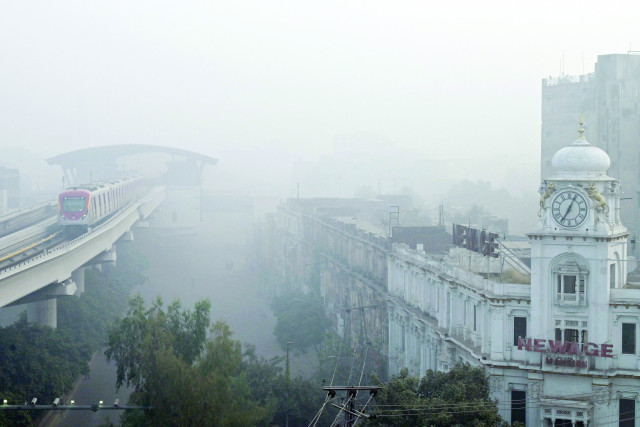Tackling Lahore’s Air Pollution: A Comprehensive Approach Needed
Lahore, the cultural heart of Pakistan, is basking in historical vibrance and culinary delights, but lurking beneath its charm is a significant challenge: air pollution. This year, the Punjab government has made strides to tackle this pressing issue by forming an Environmental Protection Force and employing modern technology for monitoring air quality. Yet, despite these initiatives, experts suggest that the improvements are partial and often fleeting.
The statistics are revealing. In 2024, Lahore’s average Air Quality Index (AQI) was 126. It peaked in January at a concerning 202, followed by February and March with AQIs of 142 and 104, respectively. Although there was a slight reprieve in mid-year—with readings of 57 and 67 in June and July—the AQI soared again to 163 in October and hovered around 178 in December. This upward trend spills into 2025, as the first few months have already shown troubling numbers, with January starting at 178.
Interestingly, while the AQI saw some improvement in September 2025, it still mirrored a worrying pattern. Compared to the previous year, March to August 2025 experienced worse air quality overall. Experts argue that while government initiatives bring a glimmer of hope, they mostly focus on short-term solutions. Environmental expert Aleem Butt highlights a crucial gap: the lack of infrastructure for electric transport, a robust green energy policy for industries, and effective tax incentives.
Dr. Imran Hamid, the Director General of the Punjab Environmental Protection Department, points out that solving air pollution isn’t something that can be accomplished overnight. He cites the extensive efforts China has made over the past decade to improve air quality, emphasizing the need for collective efforts among South Asian countries to tackle this regional crisis.
As we navigate these complexities, Butt stresses the importance of a sustainable, long-term approach that prioritizes transport reform, renewable energy, and clear environmental regulations. The recent introduction of an Air Quality Forecasting System is a step in the right direction, allowing for predictions up to seven days in advance—an essential tool during the smog season.
In conclusion, while the Punjab government’s recent actions demonstrate commitment, real, lasting change requires more foundational work. As Lahoris, we must stay engaged with these developments and push for policies that benefit not just our city’s air quality, but our overall public health. If you want to stay updated on these environmental issues or join the conversation, consider connecting with organizations like Pro21st, where your voice can help shape the future we all breathe in.





